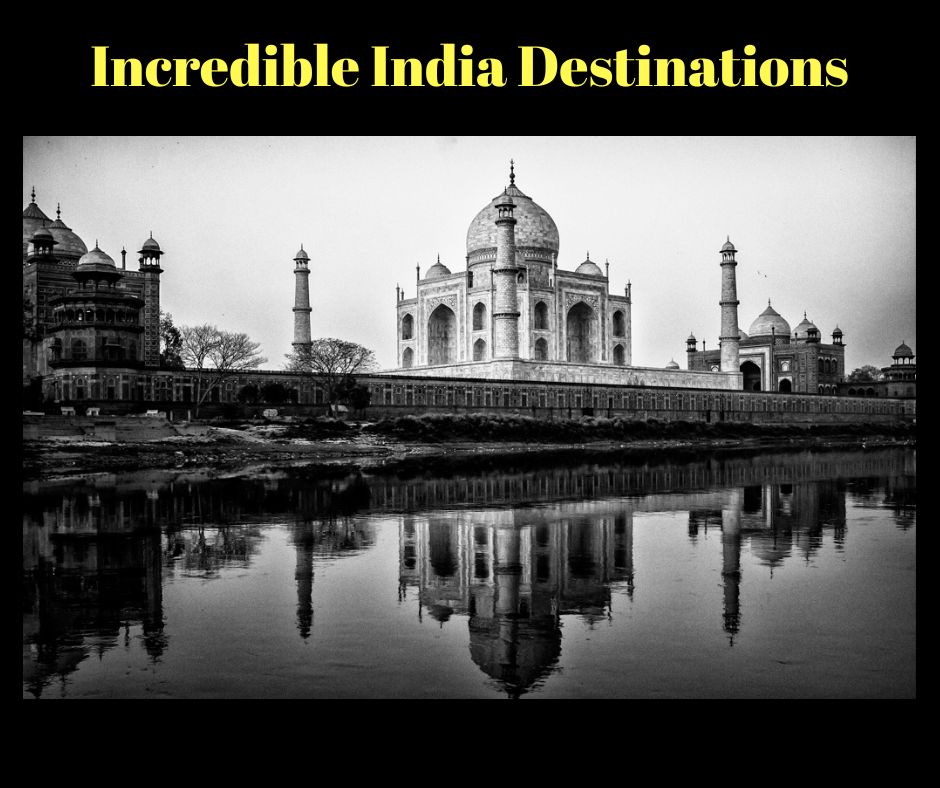Who is the Real Architect of Taj Mahal?
From time to time, different historians have been claiming that the real architect of the Taj Mahal was from Europe. By mid 19th century, Great Britain controlled much of the sub-continent. While the Taj Mahal was duly noted as an architectural treasure, British scholars do not consider Shah Jahan and Ustad Ahmad’s contributions to its design, and argued that it had been heavily influenced by European classical architecture. In fact, one rumor put forth (and still clung to) by some Italian scholars is that an architect from Venice named Geronimo Veroneo deigned the Taj Mahal, and was murdered at Shah Jahan’s instructions after the project was finished. While this makes for an intriguing story and Veroneo did live in the area at the time of the project, there is no concrete evidence that he was in any way involved with it. (On a similar note, the story that Shan Jahan had all Taj Mahal architects murdered after its completion is most likely just a story).
The reality is that there was a team of architects whose joint efforts turned the Taj Mahal into the wonder of the world. At present we cannot give the entire credit to one person. Although, the contemporary historians specifically mentioned that Shah Jahan himself supervised the entire construction and from time to time he used to conduct the meetings of architects to get the desired result.
The historians mentioned that no other Mughal Emperor ever took such keen interest in architecture as it was done by Shah Jahan. Several designers and architects – thirty seven men in all – are mentioned by name in the official Mughal histories, and it is probable that they would have worked together to form the creative team that shaped the Taj Mahal: Ismail Afandi (a.k.a. Ismail Khan) who had worked for the great Ottomans in Turkey as a designer and builder of domes; Qazim Khan, a goldsmith from Lahore who cast the gold finial that crowns the dome; Chiranji Lal, a lapidary from Delhi chosen as the chief mosaicist; Amanat Khan from Shiraz, the master calligrapher whose signature is inscribed on the Taj gateway; Mohammed Hanif, Multan and Quandhar, master masons from Delhi; and Mukrimat Khan and Mir Abdul Karim from Shiraz, chief supervisors and administrators.
Some religious thinkers believe that the structure of the Taj Mahal exactly matches the heaven or Jannat mentioned in their religious books. According to them, Shah Jahan wanted his wife to rest peacefully in heaven, so he constructed the replica of heaven on Earth in the form of Taj Mahal.
Apart from the above mentioned details, there is also a story behind the structure of the Taj Mahal. It is believed that when Mumtaj Mahal was on her death bed after the birth of the 14th child, she wanted to tell Shah Jahan about a dream. She told her husband that once she was boating in river Yamuna near Agra fort. It was a full moon night and she was alone. While boating, her boat stuck near the right bank of the river. To her surprise, she suddenly saw a white structure coming out from the earth. Firstly dome and then minaret and then finally the whole of the structure appeared in front of her eyes. Out of curiosity, she stepped down from her boat and got inside this structure. While roaming around, she saw arches, calligraphy and walls were embedded with precious stones. While looking around, she saw a dead body wrapped in white cloth. And when she uncovered the dead body, she saw it was hers. It is also believed that Shah Jahan conceived the idea of Taj Mahal from his dying wife.
The Taj Mahal was designated as a UNESCO World Heritage Site in 1983. It is one of the Seven Wonders of the World which is considered as the most photogenic destinations of India. It is one of the most exquisite structures ever built by any emperor. It was constructed by the fifth Mughal emperor Shah Jahan in the fond memory of his favorite wife Mumtaj Mahal. The Taj Mahal in terms of architecture, is one of the most symmetrical structures in the world, constructed using pure white marble and adorned with precious and semi precious stones. The construction started in 1631 and got completed in 1653 AD; 20,000 workers worked day and night together for 22 years.





[…] Who is the Real Architect of Taj Mahal? […]
Contorted history. Carbon dating of wood from one of Taj Mahal doors precedes Shah Jahan by 300+ years. That’s scientific evidence. Stories about Shah Jahan having any part in construction is a myth. Truth is that Jaipur Royal family still has letter from Shah Jahan to hand over a white temple in Agra to him. It’s easy for a layman to put two and two together.??